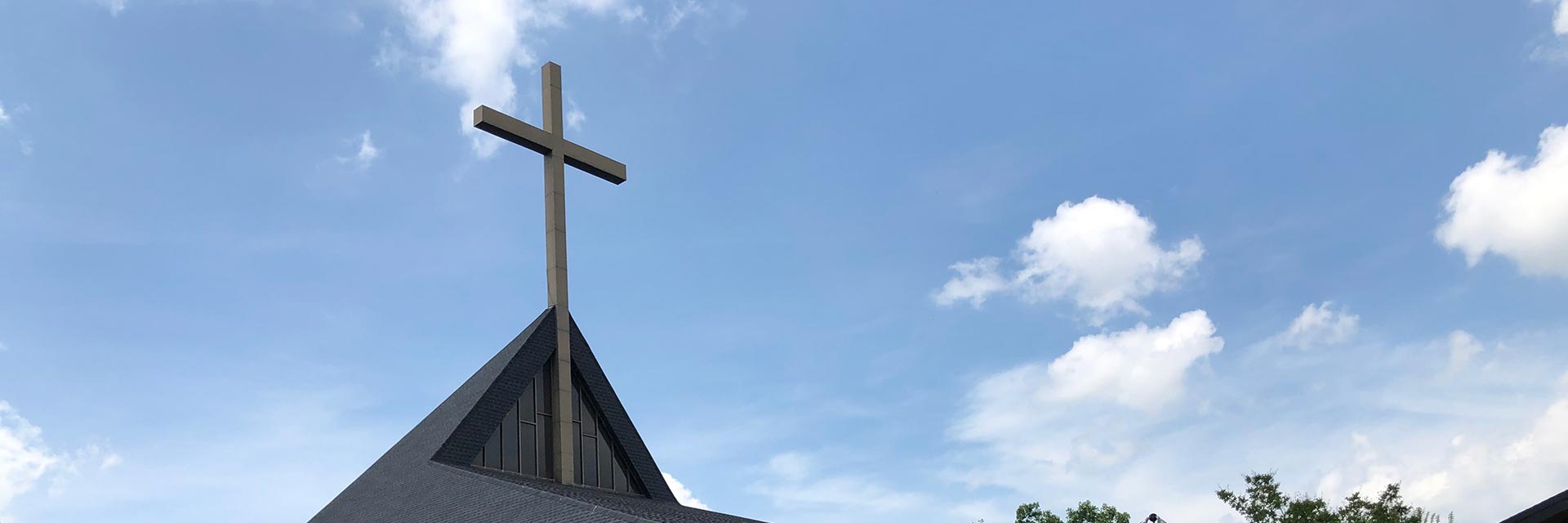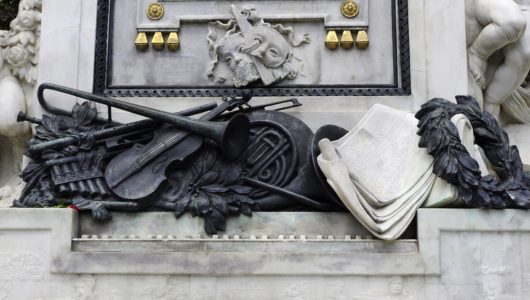Wolfgang Amadeus Mozart (1756-1791) is one of the best known and most loved composers of music from his century. He often wrote music with specific artists in mind — pieces for his friends to play. Mozart’s Clarinet Trio in E flat, K. 498, also known as the “Kegelstatt” Trio, is an excellent example.
This composition for clarinet, viola and piano will be performed at the Light on the Hill concert at FUPC on March 6th.
The clarinetist Anton Stadler was a frequent visitor to the Mozart household. Mozart was visiting Stadler in Vienna when he composed this piece for himself, his favorite piano student, Franziska von Jacquin, and Stadler. The traditional story is that he and Stadler were playing skittles, a British game something like bowling, and “Kegelstatt” is the name for a place to play skittles. In American English, we would probably translate this to “bowling alley.”
The form of the piece
The trio is in a three-movement form. The first movement is a sonata-allegro in E flat major. This movement is characterized by its playful spirit, as well as its use of various textures and dynamic shifts. The second movement, an Andante in A minor, is a slower, more lyrical movement. It features multiple modulations and is often considered the emotional centerpiece of the trio. The third movement is a playful Rondo in E flat major, and features a lively, dance-like theme.
The trio was published in 1786. The clarinet was just about a century old at the time. Vivaldi has featured it in a composition, but it was not yet a very popular solo instrument. The piano was invented shortly after the clarinet, but the harpsichord was still probably the most popular keyboard instrument.
The trio was, therefore, a new and modern composition. It has become a favorite piece of chamber music.
Hear the trio at the Light on the Hill Chamber Music concert on March 6, 2023.


